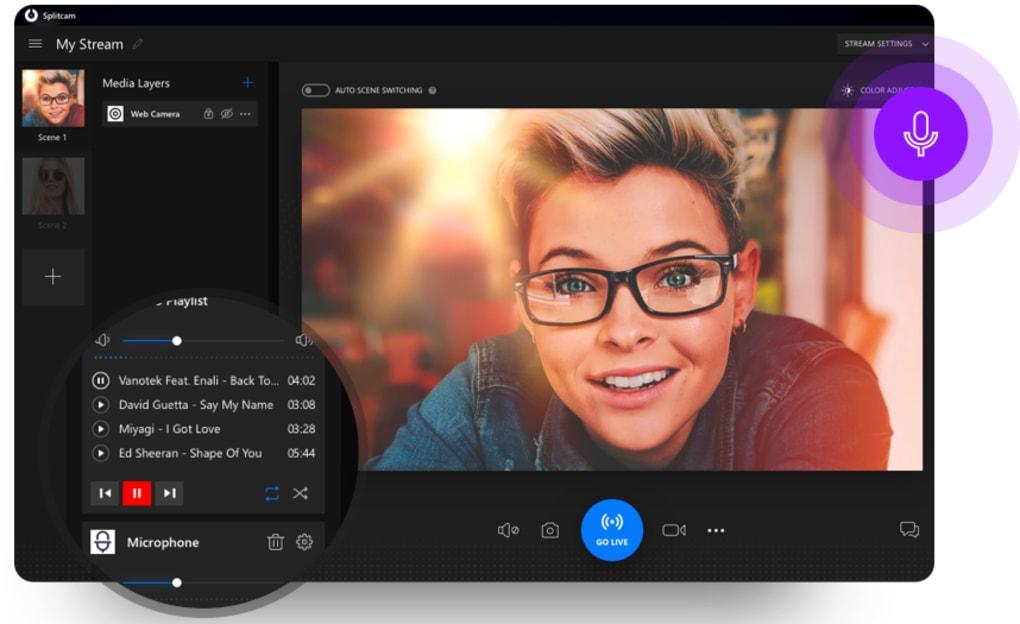One of the most significant, financially impactful, and culturally resonant Video Streaming Market trends in the United States is the monumental migration of live sports—long the last and most powerful bastion of appointment television—from the exclusive domain of traditional broadcast and cable networks to the new world of digital streaming platforms. For decades, live sports has been the essential "glue" holding the legacy pay-TV bundle together. Its ability to attract a massive, live, and highly engaged audience in an increasingly on-demand world has made its broadcast rights the most valuable commodity in all of media, driving billions of dollars in advertising revenue and cable subscription fees. Now, that glue is dissolving as the major tech giants and streaming services are aggressively bidding for and acquiring the exclusive rights to broadcast major professional and college sports leagues. This trend is driven by the strategic recognition that live sports is one of the few remaining content categories that can reliably drive large-scale subscriber acquisition and reduce churn in a highly competitive streaming market. The "great migration" of live sports to streaming is a multi-billion-dollar seismic shift that is still in its early innings but is already profoundly reshaping the economics of both the sports and media industries in the US.
Key Players
The key players leading this live sports streaming revolution are a mix of the major technology platforms, the major legacy media companies who are pivoting to a streaming-first model, and the sports leagues themselves. On the tech side, Amazon has been a major pioneer with its exclusive multi-billion-dollar deal to broadcast the NFL's "Thursday Night Football" on its Prime Video service, a landmark agreement that firmly established big tech as a major player in premium sports rights. Apple has also entered the market in a significant way with its exclusive global deal for Major League Soccer (MLS) on Apple TV+ and its "Friday Night Baseball" package. Google's YouTube is another key player, having recently secured the rights to the highly valuable NFL Sunday Ticket package, moving it from satellite to streaming. These tech giants are competing fiercely with the traditional media companies, who are also shifting their most valuable sports content to their own streaming platforms. The Walt Disney Company, with its ESPN+ service, is the leader in this space, offering thousands of live sporting events. Warner Bros. Discovery (through its Max service) and Paramount Global (through Paramount+) are also major players, using their broadcast rights for leagues like the NBA, March Madness, and the NFL to drive streaming subscriptions. The sports leagues themselves, like the NFL and NBA, are also key players, as they are the ultimate rights holders and are increasingly launching their own direct-to-consumer streaming services for out-of-market games.
Future in "Video Streaming Market"
The future of live sports streaming in the United States will be a story of further fragmentation of rights, increasing costs for consumers, and a much more interactive and personalized viewing experience. The future will see more and more major sports rights packages move to exclusive streaming deals, forcing the average sports fan to subscribe to multiple different services to be able to watch all the games of their favorite teams. This will likely lead to significant consumer frustration and a new phase of "re-bundling," where streaming services are packaged together, perhaps through a third-party aggregator platform. A second major future trend will be a much deeper and more seamless integration of sports betting. As online sports betting becomes legal in more US states, the streaming platforms will deeply integrate betting odds, real-time prop bets, and one-click wagering directly into the live viewing experience, creating a massive new interactive and revenue-generating layer. The future will also bring a more personalized broadcast, with viewers being able to choose from multiple camera angles, access real-time player stats and analytics, and participate in social chat and polling. This is a level of interactivity that is far beyond the capabilities of traditional television and is a key area of innovation in the tech-savvy US market, far ahead of what is seen in regions like Latin America or Europe.
Key Points "Video Streaming Market"
This analysis highlights several crucial points about the live sports streaming trend in the US. The primary driver is the unique value of live sports in attracting and retaining subscribers in a crowded and competitive streaming market. The key players are a competitive mix of technology giants like Amazon and Apple, traditional media companies with their own streaming services like ESPN+, and the major sports leagues themselves. The future will be one of greater fragmentation of rights, higher costs for consumers, and a much more interactive, personalized, and betting-integrated viewing experience. The migration of live sports to streaming is a fundamental and irreversible trend that is rewriting the rules and the economics of the entire American media and sports industries. The Video Streaming Market is projected to grow to USD 1730.27 Billion by 2035, exhibiting a CAGR of 15.67% during the forecast period 2025-2035.
Top Trending Reports -
It Financial Management (Itfm) Tool Market Size






